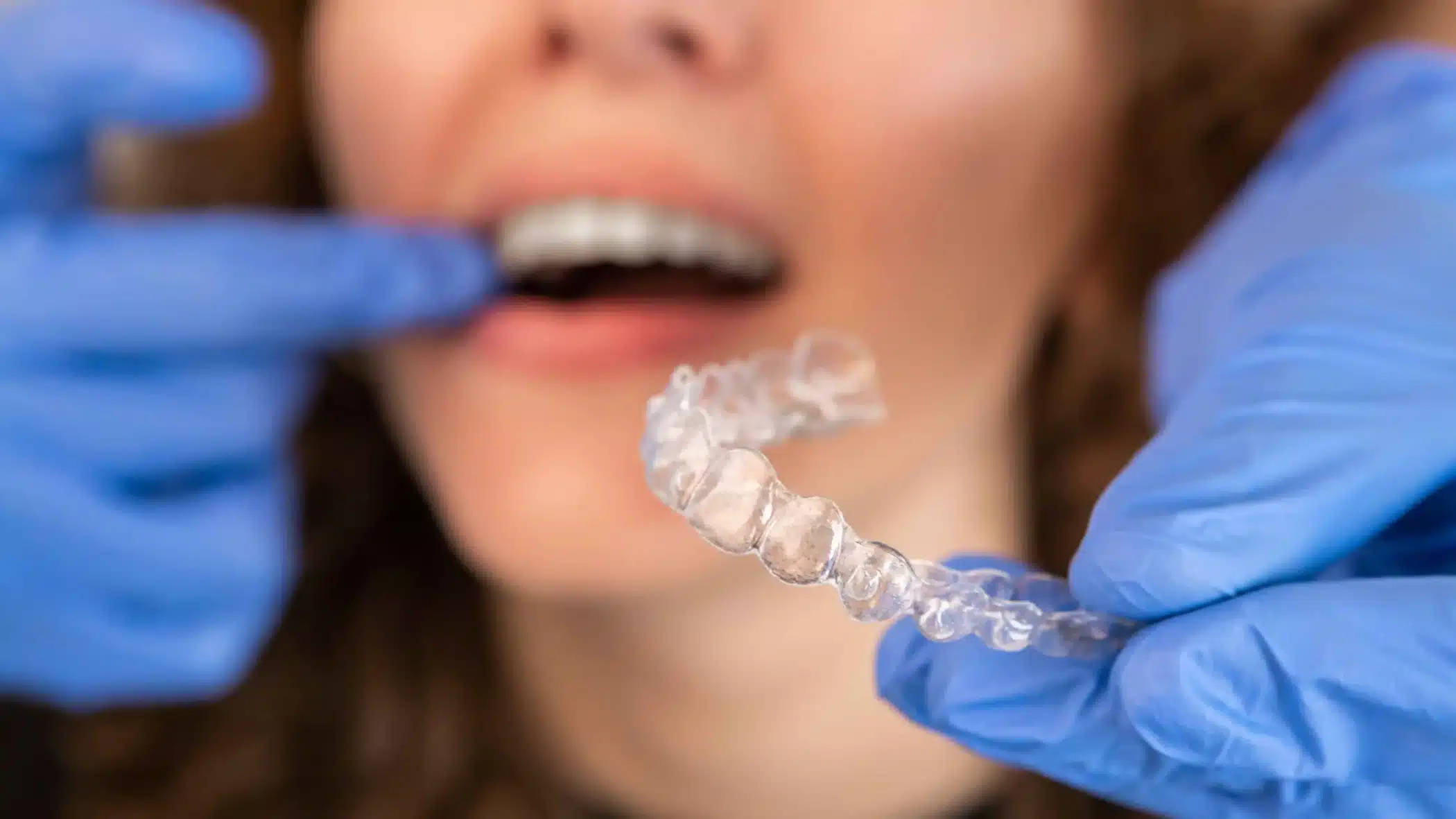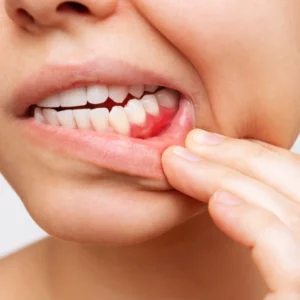Can Invisalign fix Teeth Gaps?
Diastema is the term used to describe a malocclusion involving gapped teeth. Invisalign has been proven to be an effective treatment option for correcting gaps of 6 millimeters or less. Patients with larger gaps may want to explore other options. If you are in or near Houston, Katy, or Spring, Texas, we encourage you to schedule an appointment with the team at A Dental Care. We have the knowledge, experience, and expertise to address a variety of dental issues, including gapped teeth.
Do You Have to Fix Teeth Gaps?
If you are fine living with your teeth gaps, you do not have to fix them. In fact, there are many people who have embraced their gaps. However, it is important to note that in some cases, teeth gaps may lead to advanced gum disease. If you do want to move forward with fixing your teeth gaps, Invisalign is a viable solution.
What is Invisalign?
For a long time, traditional metal braces were the only option for treating any type of malocclusion in adults and children. However, in the late 1990s, Invisalign hit the market as a viable alternative. Since that time, over 3 million patients have taken advantage of this option, making it the most popular brand of clear aligners on the market today.
Invisalign offers several advantages over traditional braces, including:
- Comfort
- Aesthetics
- Easy-to-clean
- Removable
- No metal wires or brackets
Treatment begins with your consultation appointment. At this time, the orthodontist will perform a thorough examination, as well as take some x-rays and impressions of your mouth and bite. This information will be sent to the lab for the creation of your aligners, which will be based on your current alignment and expected progress.
The aligners should be worn 20 to 22 hours a day. They can be removed for eating and drinking, as well as practicing proper oral hygiene. However, they must be worn otherwise, even while sleeping.
Each set of aligners shifts your teeth 0.25 to 0.3 millimeters. At the end of your treatment, the orthodontist will evaluate your progress. If desired results have been achieved, you will be given a retainer to hold the teeth in their new position until the jawbone has developed enough density to hold them.
Invisalign clear aligners are made from an FDA-approved, flexible plastic material that is free of BPA, BPS, and other toxins. Research shows that Invisalign is 75% more accurate and 50% faster than other brands.
How long does it take?
At A Dental Care, most of our patients with mild to moderate teeth gaps see full results in 3 to 6 months, while the more complex cases may take up to 18 months or more. One of the major factors in the length of treatment time is compliance. If you do not wear the aligners, you cannot expect them to resolve your malocclusion.
How much does it cost?
The average cost of Invisalign is $3,000 to $5,000+. The average cost of traditional metal braces is between $2,000 to $6,000+. Therefore, there’s not a lot of difference in the cost between the two. There are several factors that determine the cost of Invisalign for teeth gaps, including:
- Severity of teeth gaps
- Duration of treatment
- Insurance coverage
- Financing
At A Dental Care, we accept a variety of insurance plans and our friendly office staff will work with your provider to determine coverage. We understand that your overall health depends a lot on your oral health, so we strive to make treatment affordable. In addition, we offer options for financing so that you can get the treatment you need and make smaller, more manageable payments through CareCredit, Sunbit, and more.
Types of Teeth Gaps that Invisalign Can Fix
There are several causes for teeth gaps. Invisalign has been proven to effectively treat the following types of teeth gaps:
Midline
A midline diastema is a gap between your maxillary and mandibular incisors. Since this is the most noticeable, it is often referred to as “gap tooth”.
Tongue Thrust
When swallowing, some people push their tongue against their top teeth, which can cause a gap to appear over time.
Thumb-sucking/Pacifier Use
Children who suck their thumbs or use a pacifier for too long may end up with gapped teeth. In addition, prolonged bottle use may also cause gapped teeth.
Missing Teeth
When you are missing teeth, whether due to genetics, decay, extraction, or other reason, you may develop gaps between your front teeth. This is because the remaining teeth are shifting to fill in where the missing teeth are.
Enlarged Frenulum
The frenulum is the tissue running between your lips and gums. Some people develop inflammation in this tissue, causing a disruption in the normal development of your two front teeth. When used in conjunction with an oral surgery procedure known as a frenectomy, Invisalign can correct this type of tooth gap.
Types of Teeth Gaps that Invisalign Can’t Fix
If you have teeth gaps larger than 6 millimeters, Invisalign will not be effective. You will need to seek alternative treatment options, such as traditional metal braces.
Advantages of Using Invisalign for Teeth Gaps
The two primary reasons people choose Invisalign to correct teeth gaps is that they are removable and transparent. They can be taken out when eating/drinking and to practice proper oral hygiene. Plus, since they are transparent, you don’t have to be concerned about aesthetics- most people won’t notice them.
Another advantage of Invisalign is that it’s convenient. Patients with traditional metal braces must visit the dentist’s office every 4 to 6 weeks- but with Invisalign, you only need to come in about every 10 weeks. Research shows that patients who use Invisalign spend 67% less time in the office than those who choose traditional metal braces.
Treatment is typically faster with Invisalign. Most patients see full results in 12 to 18 months, and sometimes sooner. Traditional metal braces require up to 3 years for maximum effect.
Since the aligners are removable, Invisalign helps you keep your teeth healthy. You don’t have to worry about trying to brush and floss around the brackets and wires. Also, you don’t have to worry about food getting stuck in them and increasing your risk of developing tooth decay.
Is Invisalign Right for You?
At A Dental Care, we see a lot of patients with teeth gaps. While many people can learn to live with their gap and even embrace it, there are also many who want to have it fixed as soon as possible. Invisalign is one of the options for fixing teeth gaps. Schedule your consultation with the team at one of our conveniently located offices in Houston, Katy, or Spring, Texas. We also have extended hours and weekend hours, to make it as easy as possible to get an appointment.














